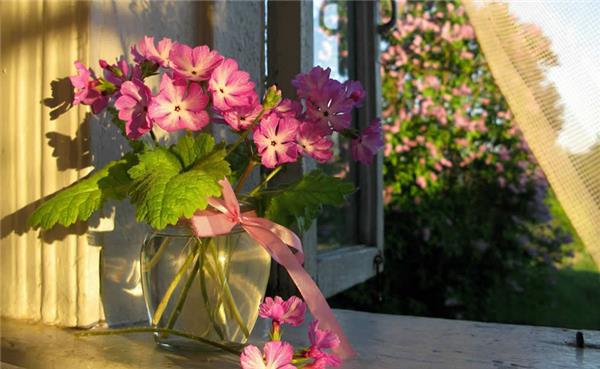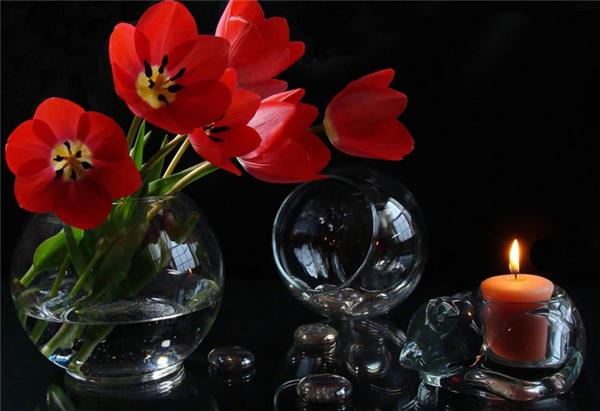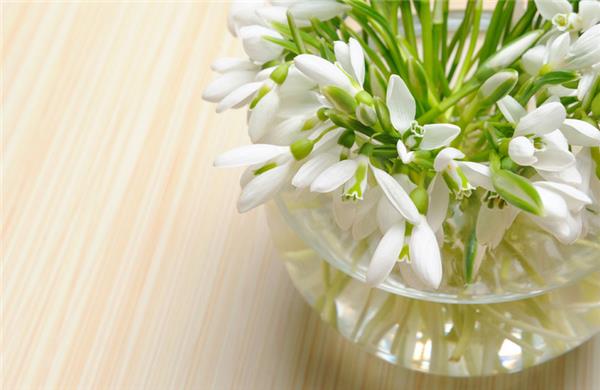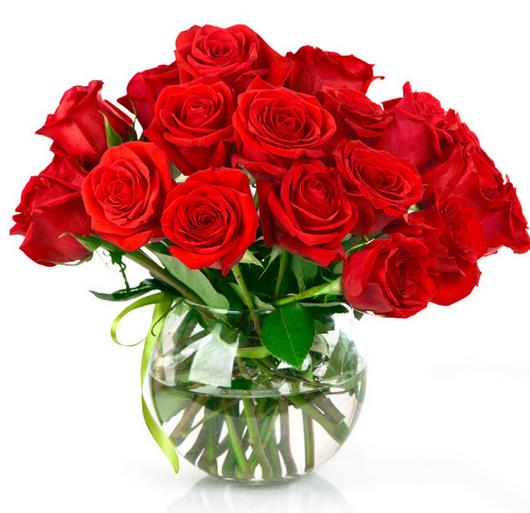Knowledge of flower preservation let flowers accompany you to watch sunrise and sunset
There are flowers home, always let people relaxed, watching the flowers, smelling the flowers, tired body and mind gradually relax, the soul will chase the fragrance of flowers fly to the end of the world, but flowers will always wither, how to keep flowers longer? Let's take a look below.

I. Introduction to flower preservation
Flowers, especially cut flowers, are often treated with flower preservatives in order to maintain the best quality, delay senescence and resist changes in the external environment. Flower preservatives include general preservative solution, hydration solution, pulse solution, STS pulse solution, bud opening solution and bottle keeping solution. Flower preservatives can be used in all aspects of harvesting, from cultivation to wholesale, retail and consumption. Many cut flowers can prolong their life by 2 to 3 times after preservation treatment. Flower preservative can enlarge flowers, keep the color of leaves and petals, and improve the quality of flowers.

II. Types of flower preservatives
1. a carbohydrate
It is the main nutrition and energy source of cut flowers. It can maintain all physiological and biochemical processes of cut flowers after leaving their mother. Sugar supply from outside would prolong vase life and maintain mitochondrial structure and function in cut flowers. By regulating transpiration and cell osmosis to promote water balance, increase water absorption. Sucrose is one of the most widely used carbohydrates in preservatives, fructose and glucose are also sometimes used.
Different kinds of cut flowers or different varieties of the same kind are suitable preservatives with different sugar concentrations. For example, in the bud opening solution, the optimum concentration of Dianthus chinensis is 10%, while chrysanthemum leaves are sensitive to sugar, generally using 2%, rose higher than 1.5% is easy to cause leaf burns. Generally speaking, the longer the preservative treatment time for a particular cut flower, the lower the sugar concentration required, so the sugar concentration in pulse solution (short post-harvest treatment) is high, the concentration in bud opening solution is moderate, and the sugar concentration in vase holding solution is low.
2. fungicides
Bacteria, yeasts and molds grow in vases. After these microorganisms multiply in large quantities, they block the flower stem vessels, affect the water absorption of cut flowers, and produce ethylene and other toxic substances to accelerate the senescence of cut flowers. To control microbial growth, preservatives can be added to fungicides or mixed with other ingredients.

3. ethylene inhibitor
Silver thiosulfate (STS) is the best ethylene inhibitor widely used in flower industry at present. It has good mobility in plants and high inhibition effect on ethylene synthesis in flowers. effectively prolonging the vase life of various flowers. STS needs to be prepared with use. It is best to use the prepared solution immediately. If it is not used immediately, it should be stored away from light. It can be stored in a dark environment at 20-30℃ for 4 days.

4. growth regulators
Growth regulators are used in flower preservatives. They include synthetic auxins and endogenous plant hormones. Plant growth regulators can be used alone or in combination with other ingredients. It can cause or inhibit various physiological and biochemical processes in plants, thus delaying the senescence process of cut flowers. Among them, cytokinin is the most commonly used, it can mainly inhibit ethylene production, application can be sprayed or dipped, the optimal concentration is 10--100ppm, dipped in 2 minutes, such as too long, will also have adverse consequences, carnation for this treatment effect is the best.
The above is the flower preservation method, I hope to give you help.
- Prev

Echinacea introduction and cultivation techniques How to raise beautiful Echinacea
Echinacea introduction and cultivation techniques How to raise beautiful Echinacea
- Next

Introduction and culture skills of red lotus palm of green lotus and beautiful woman
Introduction and culture skills of red lotus palm of green lotus and beautiful woman
Related
- Wuhan Hospital Iron Tree Blooming Result Was Instantly Frightened by the Gardener Master
- Which variety of camellia is the most fragrant and best? Which one do you like best?
- What is the small blue coat, the breeding methods and matters needing attention of the succulent plant
- Dormancy time and maintenance management of succulent plants during dormancy
- Minas succulent how to raise, Minas succulent plant pictures
- What are the varieties of winter succulent plants
- How to raise succulent plants in twelve rolls? let's take a look at some experience of breeding twelve rolls.
- Attention should be paid to water control for succulent plants during dormant period (winter and summer)
- Watering experience of twelve rolls of succulent plants
- Techniques for fertilizing succulent plants. An article will let you know how to fertilize succulent plants.

